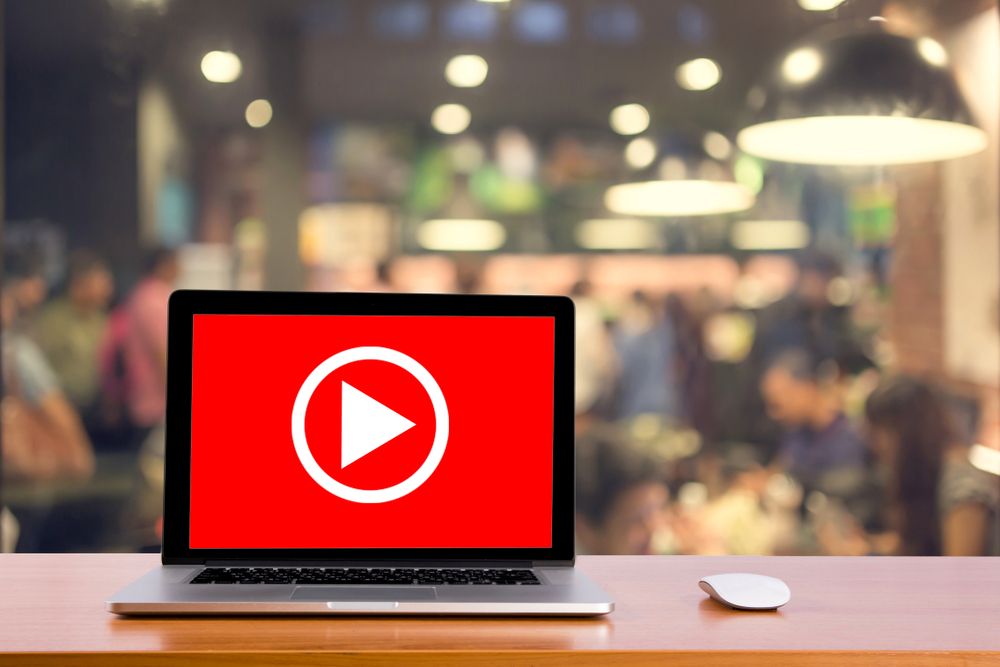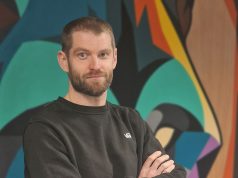With more and more advertising budgets being invested in video, brands need to be mindful of the dreaded digital content landfill, writes David Ahlstrom.
 The video experience has changed in almost every way. People are no longer constrained by schedules, location, devices or a narrow choice of content. The evolution of digital and the rise of consumers curating their own entertainment means we are consuming at our own pace. We are building our own channels that play the content we want, when we want it, on the platform we choose.
The video experience has changed in almost every way. People are no longer constrained by schedules, location, devices or a narrow choice of content. The evolution of digital and the rise of consumers curating their own entertainment means we are consuming at our own pace. We are building our own channels that play the content we want, when we want it, on the platform we choose.
The New Normal
This new normal means that all platforms have different consumption behaviours, and that’s a headache for our clients. Because context is king. Different devices and platforms demand different aspect ratios, resolutions and ad durations. Most brands have a mere 3 seconds to make an impression. So it’s important to create edits specifically for each platform. Too often, the short edits that populate social and mobile platforms are created after the fact rather than in advance. The most common example is the 30-60” TV advert, shot to 16:9 ratio and seeded out through Facebook. But the narrative arc that works for TV doesn’t necessarily work on other platforms. We call this the video adaption gap, and it has a huge impact on effectiveness.
As the volume of content grows, we’re in danger of filling what Martin Weigel calls the digital content landfill. In the pursuit of more, the average effectiveness of video creative can drop.
The common mistake is to create a video without taking the audience into account. Brands are missing an opportunity by repeating the same creative across many digital publishers without adapting to the platform. Research from CMO Council found that only 41% of senior marketers worldwide created digital video content separately from TV content. The majority used the same edits across all digital channels. Yet a study from WARC has found that creative optimisation can improve campaign click-through performance by 47% and post-click conversions by 69%.
In general, people don’t think long and hard about ads and what they mean. They will not remember the whole story but take away the bits that were most engaging for them. Most of the time this is driven by scenes in the ad that hold the most emotional resonance. So we need to optimise for this. For example, there is a different response to ads on Facebook compared with YouTube. On YouTube exposure is often forced for the first five seconds. By contrast, people need to notice the ad on Facebook before they can watch. This means the creative needs to translate to each platform.
Joining the Dots
So how can agencies help clients navigate the video adaption gap and join the dots across the different platforms? Clients need to realise content planning differs to traditional media planning which is built around campaigns and a few set pieces a year. To get the most from your video assets, it’s critical that this is kept in mind from the start of the process.
Over the last four years the Mindshare Invention team has worked with agencies from across all disciplines on these exact problems. Our team has a deep knowledge in this specific field of social media, content partnership, branded content etc. We use our precise skills to develop solutions to a brand’s problems. In addition, we think about how to optimise each piece of creative for the channel – just like a comms planner.
Previously, the client/creative agency would choose the creative, then they’d do the storytelling and then they’d find ways to cut or slice. Now we become involved at the initial stage and help to plan for format complexity. We seize a planner’s insights or creative concept while conveying exactly how that translates to each platform, regardless of size of investment or the seeming insignificance of certain edits. This means thinking about the length, messaging and exactly where the ad is going. It means making it easier for the consumer to engage with the content through designing the creative to suit the placement. How do you convey the message in the first few seconds, do you need subtitles to explain the message, is the size ratio correct? All of this improves viewability and comprehension.
As clients and agency partners get more comfortable with this type of content planning they can look at creating content that truly embraces audience based buying. They can consider other audience characteristics like location and behaviour to deliver better results.
In summary
In a world of platform fragmentation, understanding and editing for context is becoming even more important. As an agency Mindshare has always been founded on close collaboration with both clients and other agencies. And by bringing this mindset into the creative process we help bridge the video adaption gap that plagues Irish brands.
David Ahlstrom is Chief Creative Officer and Head of Mindshare Ireland’s Invention unit.
First published in Irish Marketing Journal (IMJ December/January 2019)© to order back issues please call 016611660






















